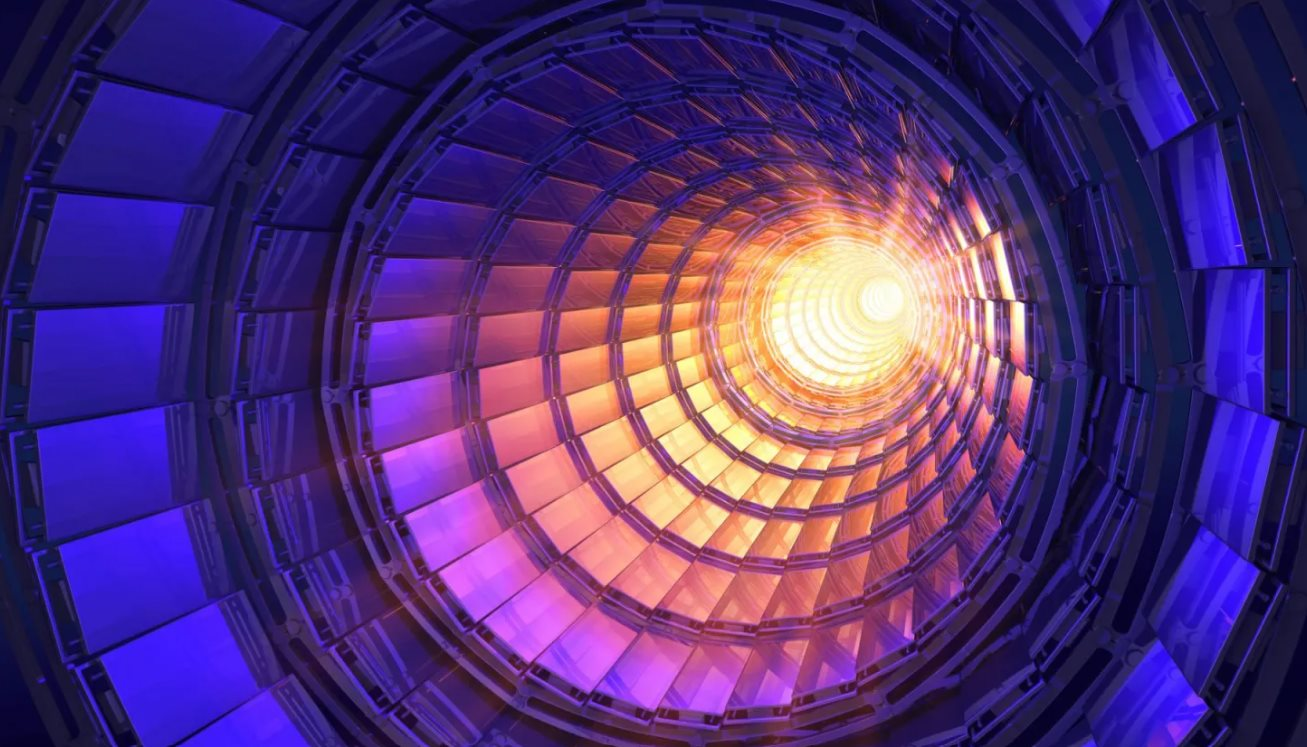China’s Ambitious Plan to Build a “God Particle” Generator Stuns the World
China is set to construct a circular particle accelerator, also known as the Circular Electron-Positron Collider (CEPC), which is expected to take three years to complete. This groundbreaking project, with an estimated cost of $5 billion USD (over 123 trillion VND), aims to become the world’s next center of high-energy physics.
Advancing the Frontiers of Science
By accelerating electrons and their antimatter counterparts, positrons, in an underground tunnel spanning 100 kilometers, the CEPC will generate a high-energy collision, producing millions of Higgs bosons. This breakthrough will allow scientists to make new discoveries beyond the Standard Model, the leading hypothesis used to describe the fundamental building blocks of the universe.
This ambitious venture may elevate China to the forefront of the global scientific community and establish the country as a pioneer in high-energy physics, according to the director of the Institute of High Energy Physics in Beijing, Wang Yifang. The technical design report of the CEPC involved collaboration from 1,000 scientists from 24 countries and took five years to compile. It has undergone international evaluation and received extensive feedback from the physics community since its announcement in December last year.

Image: Illustration of the CEPC underground tunnel. Image credit: Dant/iStock.
Wang emphasized that the combination of the technical design report and the prototypes and experiments developed over the past decade has demonstrated China’s capability in designing and constructing such a large-scale scientific facility. He and his team first proposed the idea of building the CEPC in 2012 after the Higgs boson, also known as the “God Particle,” which provides mass to all other particles, was discovered by the European Large Hadron Collider (LHC).
While many believe that the Higgs boson holds the “key” to future breakthroughs in fundamental physics, there are still concerns regarding the high costs and technological readiness of the CEPC.
The Cost and Funding
Wang admitted that $5 billion USD is not a small sum. However, if the CEPC can support research for thousands of scientists over the coming decades, the average cost per researcher will be reasonable. According to the technical design report, authorities are considering various funding sources, including contributions from the central government, local governments, and international partners.
The current stage of CEPC development involves the technical design, including mass production and assembly of the accelerator’s components, as well as optimizing their performance and cost efficiency.
Wang’s team will soon finalize the site for the CEPC. He mentioned that a comprehensive evaluation will consider geological conditions, transportation, and infrastructure, as the facility is expected to attract scientists from around the world, who may also need to consider educational opportunities for their families.
The project site is yet to be determined, with three options currently under consideration. According to Wang, construction may commence in 2027. However, the project is still pending approval from the government and securing adequate funding.
References: South China Morning Post, Interesting Engineering
This article is written as part of Business Today’s commitment to providing expert financial and economic content. For more insightful articles on finance, economics, and business, visit Business Today.

